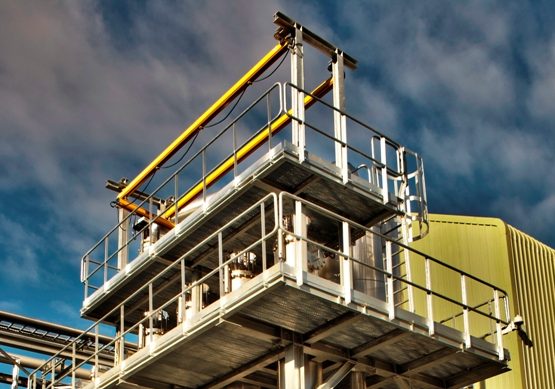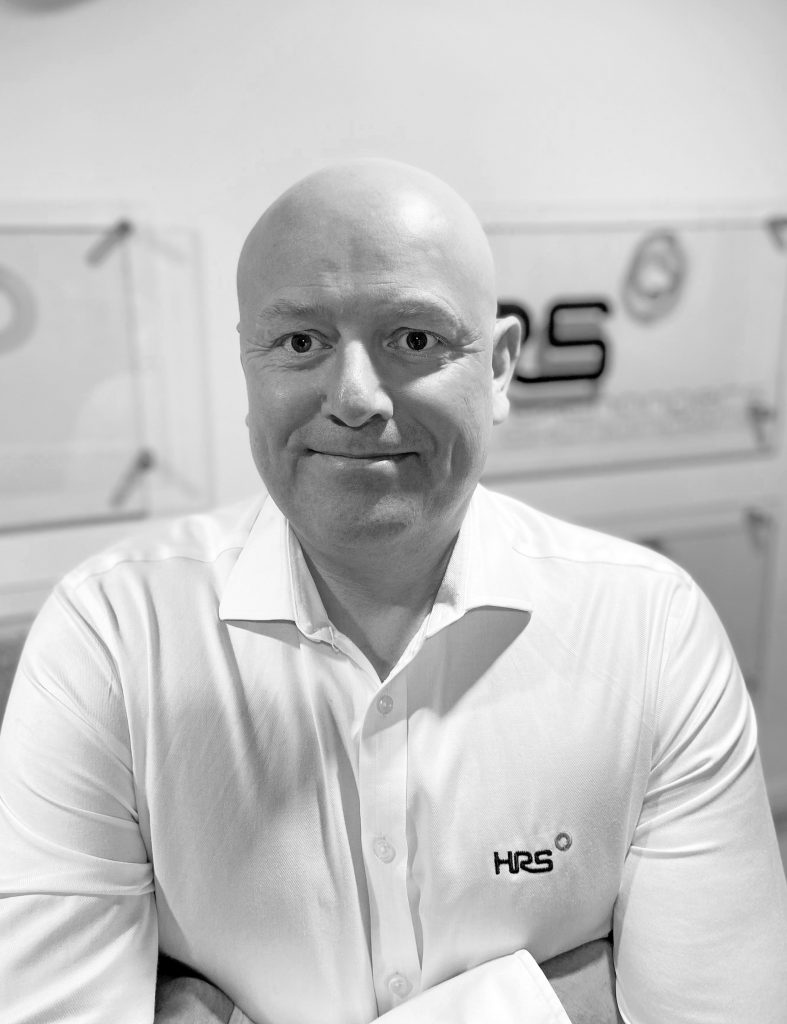
By Matt Hale, International Sales & Marketing Director, HRS Heat Exchangers
As the UK Water Partnership points out, the world ‘faces an unprecedented combination of water security and resilience challenges.’
These challenges include population growth, increasing urbanisation, a decline in traditional sources of water, and water scarcity driven by climate change. Globally the United Nations estimate that some 3.6 billion people (almost half the world’s population) currently live in areas that are vulnerable to water scarcity and that almost 2 billion people could suffer water shortages by 2025.
In order to overcome these challenges, the water sector needs to adopt new technologies and ways of working, many of which may be seen as disruptive when compared to traditional methods of water supply and wastewater treatment. Around the world a number of disruptive technologies which could have widespread positive impacts in the water industry have been identified, including digital technologies; water reuse; resource recovery; and energy self-sufficiency.
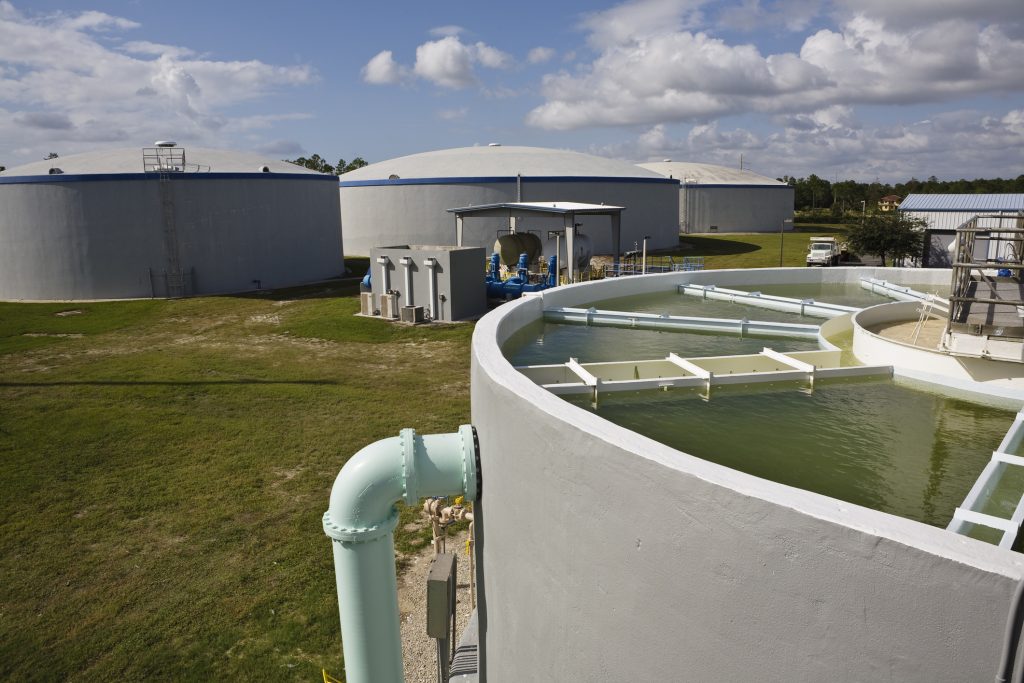
Digital technologies and ‘digital water’
According to the UK Water Partnership, ‘Digital thinking will impact every aspect of water, from management of sources, treatment technology and efficiency, consumption and customer engagement, through to re-use, collection and recovery of economically and environmentally important resources.’
With the ‘smart’ water market has been estimated at $30 billion globally, it is no surprise that exploiting data to improve insight and decision making and using that insight to improve process and efficiency is a key priority for managers. The monitoring and optimisation of wastewater treatment and sewer and sewage monitoring have both been identified as opportunities where water and sludge treatment technologies can be updated and improved. HRS already offers remote telemetry and digital monitoring of its systems, a feature which is becoming more and more important to clients around the world.
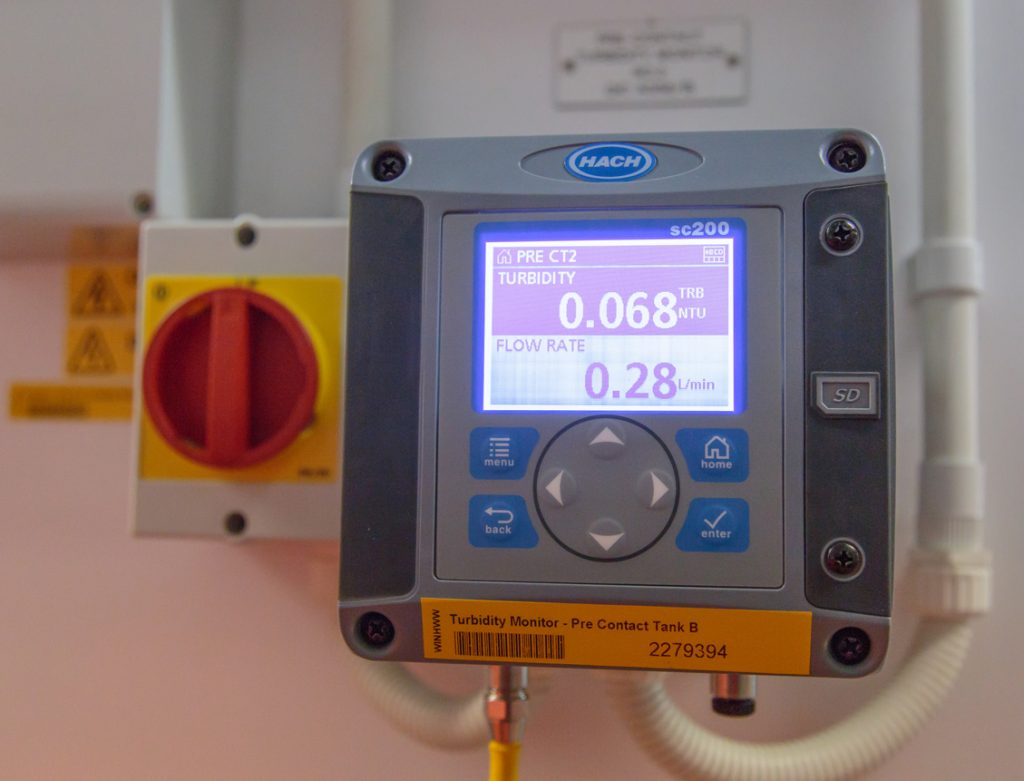
By 2025, about 80% of utilities in large cities of advanced countries and half of the utilities in large cities of developing countries are expected to have water supply systems which incorporate digital water features like advanced metering. Another area of development is using satellite data to monitor catchments and water distribution systems, and it is reported that such systems can identify leaks as small as 100 ml/min.
However, digital water requires a whole-system approach and will not reach its full potential if only a few isolated smart systems are introduced. To truly delivery savings in water use and energy, water companies have to completely digitise their supply chains and wastewater infrastructure, deploying sensors in the field and using electronic flow meters throughout the system, including at a customer level. One of the key potential benefits of increased digitisation in the water sector, as well as reduced water use and improved demand balancing, is reduced energy use through improved efficiency.
Water reuse

Various factors including increasing population, greater environmental demands to preserve and protect water sources, and climate change mean that alternative sources of clean and potable water need to be utilised. We have already seen increased use of rain capture and brown water reuse for cleaning and toilet flushing in many buildings, but there is increasing interest in treating wastewater streams to make them potable and immediately returning them to the water supply system (direct reuse), rather than returning treated wastewater to the environment through river systems and aquifers (indirect reuse).
A number of technologies already exist to enable wastewater to be processed into potable water, and as the economics of water abstraction and availability change, these will become more widespread. In order to become widely adopted, society will need to accept the idea that suitably treated wastewater is a desirable source of usable potable water – something that will be easier in some societies than others. This is not to say that it cannot be successfully achieved, as has been seen with projects in a number of US States, as well as Israel and Australia.
Resource recovery
Resource recovery is a key aspect of a true circular economy. Not only are there the economic and environmental benefits from the products themselves, but every cubic metre of recycled or reused water results in a corresponding reduction in mains water demand and wastewater discharge. There are also benefits in terms of the energy and carbon footprints associated with material recovery when compared with primary extraction and processing, together with further environmental benefits arising from reduced waste disposal impacts.
As far as the wastewater industry is concerned, nutrients such as phosphorus from struvite are one of the prime contenders for nutrient recovery, although as the sector moves towards direct potable water reuse and advance technologies are adopted to remove a wider range of chemical compounds, the number of these which can be recovered and utilised elsewhere will also increase. Other valuable compounds that are beginning to be recovered include ammonia nitrogen and sodium-based products.
Various established and emerging technologies are utilised when recovering resources from wastewater, including membrane bioreaction, reverse osmosis, electrolysis, filtration and others. One of the most important processes is evaporation, which is used both to concentrate residues sufficiently to allow their economic extraction, and as part of the water purification process.
However, many of the processes involved in resource recovery, and evaporation in particularly, can have a high energy requirement, but there are ways to mitigate this and improve the overall energy efficiency of the process. HRS has produced a number of different evaporation units for use in wastewater treatment and resource recovery and energy efficiency is a key priority in their design. A typical HRS process might consist of three steps:
- Evaporation/concentration (using one or more evaporators depending on the materials involved and the level of concentration required) to levels above the saturation point at high temperature.
- Cooling down of the product to provoke the formation of salt crystals.
- Further crystallisation in specially designed tanks and separation of the crystals that are formed to allow them to be processed for use. In the third step, a supernatant layer of concentrated solution remains after separation of the crystals. This solution is returned to the second evaporator for concentrating again to above its saturation point.
Fouling is a real concern during these processes and will not only reduce the efficiency of the material recovery, but also reduce the energy efficiency of the overall process. HRS Unicus Series scraped-surface heat exchangers are used to maintain thermal efficiency and remove fouling as it occurs. Coupled with HRS R Series coolers and custom-designed crystallisation tanks, the result is an efficient process which can work continuously without requiring scheduled downtime.
Energy self-sufficiency
Another form of resource recovery is the recovery of energy from wastewater streams. While anaerobic digestion is widely recognised as a water treatment technology around the world, its capacity for energy generation (either through the use of combined heat and power production or to produce sustainable biomethane gas) is less well developed.
Ambitious goals for sustainable development will mean that wastewater treatment plants (WWTPs) will need to achieve net zero carbon balances by 2030. Achieving this will require recovery of the energy contained in the incoming wastewater streams and using this to provide the heat and power necessary for wastewater treatment and solids handling. It has been estimated that at present, most WWTPs are capable of producing 20 to 25% or their own energy requirements in this way.
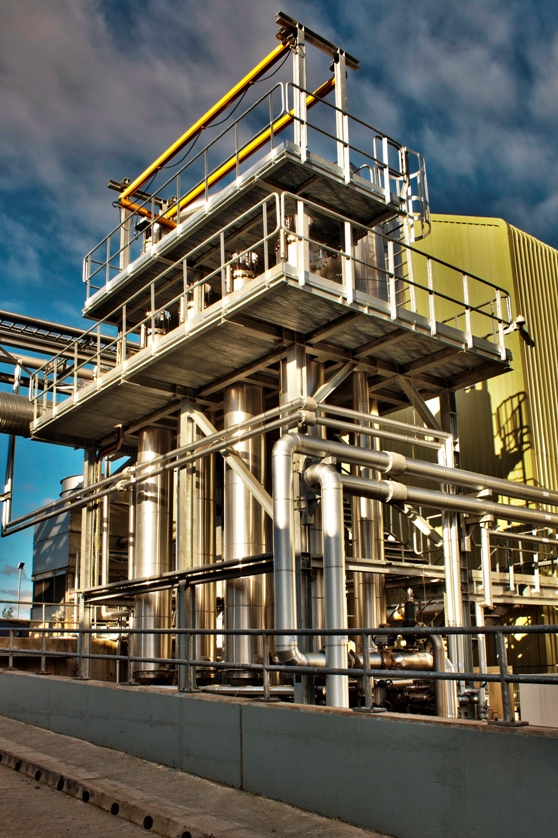
Therefore, increasing energy production at WWTPs will be critical to making the sector self-sufficient in terms of energy. But on its own it is unlikely to be sufficient to meet the net-zero goals. Reduced energy consumption through the use of new and more efficient processes will also be required. Sludge processing and energy efficiency are intrinsically linked. For example, digestate and sludge concentration using equipment such as the HRS DCS is a more efficient and sustainable alternative to traditional drying methods.
The HRS DCS uses evaporation to reduce the overall quantity of digestate or sludge by 60-80%, greatly reducing associated storage requirements and transport costs. The system includes measures to retain the valuable nutrients while the evaporated water can be condensed and reused. In many cases the captured water is added back to the feedstock making the entire process almost self-sufficient in terms of water use and eliminating liquid discharges from the plant. After concentration, the treated digestate can contain up to 20% dry solids, making it much easier to transport and handle, and as much heat as possible is recaptured and re-used in the process, making it more energy efficient than alternative treatments.
Where sludge or digestate requires pasteurisation, for example so that it can be used as an agricultural biofertiliser and soil conditioner, the 3 Tank Batch Sludge Pasteuriser System from HRS uses up to 70% less energy than traditional technologies. The system works on a three-tank principle: while one tank is being filled, the second tank holds the digestate above 70°C, at the same time as the third tank is being emptied. Again, heat and energy recovery are maximised to increase the overall process efficiency.
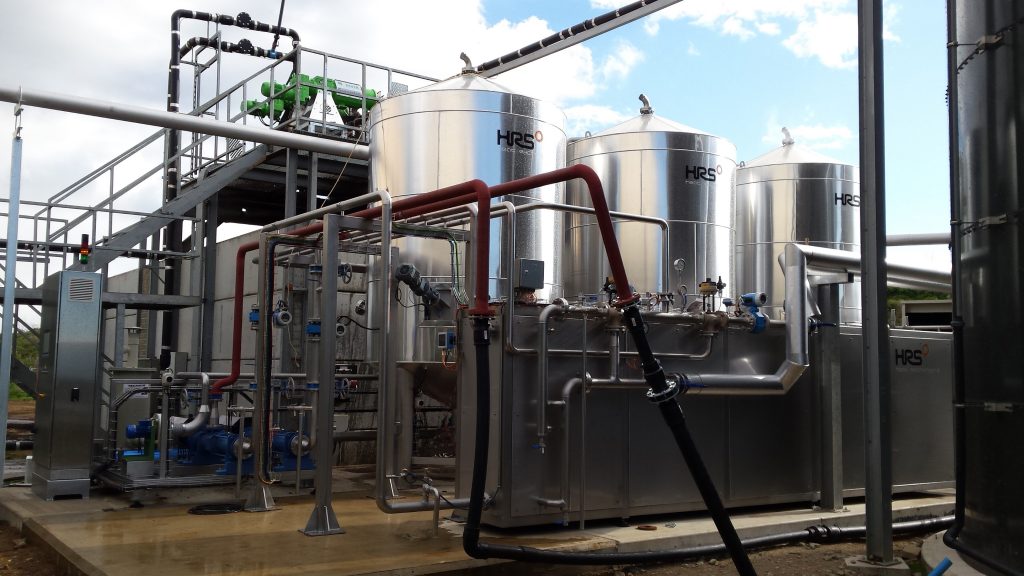
The challenges which the water and wastewater sectors face over the next couple of decades should not be underestimated. Water supplies will need to move from relying on traditional freshwater resources towards sustainable diversified portfolio, and new novel and disruptive technologies will need to be implemented. However, existing technologies and simple principles (such as maximising efficiency at every opportunity) will also have important roles to play. With a mixture of established and new technologies the water industry is well-placed to become more sustainable and a cornerstone of the wider circular economy.

